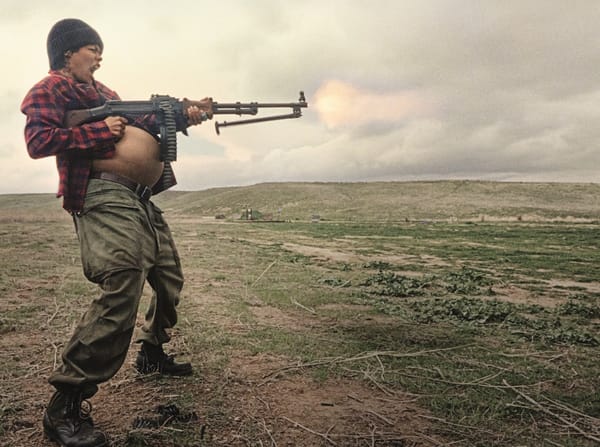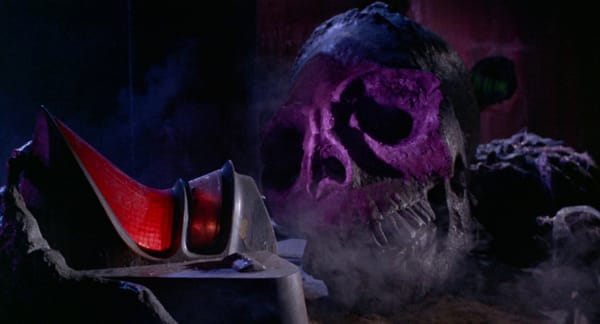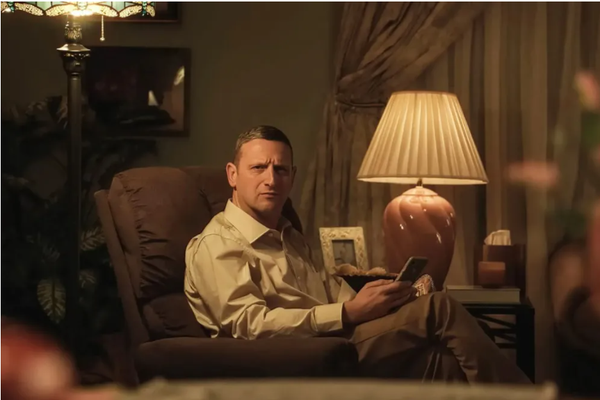The Serpent and the Rainbow
Day 27 of my 31 Days of Horror viewing

For the last few years, I have used October to give myself a viewing assignment: a different horror film each day. Now that I have escaped the real life horror of New Zealand’s public service, I intend to write a piece inspired by each film.
My twenty-seventh film is Wes Craven’s The Serpent and the Rainbow (1988).

Wes Craven’s best film (1984’s A Nightmare on Elm Street), took place in the dream world. Inspired by instances of sudden arrhythmic death syndrome among Hmong refugees, the idea of a killer that stalks your dreams lends itself perfectly to horror for the way dreams lie between the scientific and the supernatural. I’m fascinated by the esoteric potential of dreams in fiction: one of my favourite things to do when my wife sleeptalks is to engage her in conversation—it genuinely feels like I’m communing with something not of this world. Although the Elm Street franchise never truly lived up to its potential, Craven did approach this same concept from a different angle four years later.
My final foray into films about Voodoo for the month, The Serpent and the Rainbow is an adaptation of a (likely fraudulent) book by anthropologist Wade Davis. Bill Pullman plays Dr. Dennis Alan, a character inspired by Davis who travels to Haiti on behalf of a pharmaceutical company to investigate the medical potential of zombification. Like many a white boy bumbling around the global south before him, Alan gets in over his head. He falls for local doctor Marielle Duchamp (Cathy Tyson, never shaking her English accent) and is caught up in events involving Voodoo conspiracies and the authoritarian regime of Jean-Claude “Baby Doc” Duvalier.

Making another film inspired by a culture-bound syndrome enabled Craven to revisit the world of dreams. Voodoo, as depicted in this film, gives its practitioners power to access some sort of astral plane, as if Haiti is an island populated by Freddy Krugers. Alan first gets drawn into this space while taking a hallucinogenic drug in the Amazon (notably thousands of kilometres from Haiti) and a Voodoo priest reaches him in his trip. The dream sequences are an effective showcase for Craven’s horror chops and feature many of the same scares as Elm Street. However, they also reveal the film’s shortcomings.
In order to fit so much political, religious and anthropological intrigue into just 90 minutes, the film needs to escalate quickly. Shit starts going down soon after Alan sets foot on the island and this pacing adds to the film’s colonial perspective. As much as Duchamp pays lip service to the beauty of Voodoo, there is no chance to depict normality before a series of violent encounters starts happening.

This isn’t helped by the film’s unusual politics. Although Duvalier was an enthusiastic Cold Warrior, anti-communist and Reagan ally, his secret police (the Voodoo-adjacent Tonton Macoute) are presented as uncharacteristically anti-American. The film’s main villain, Captain Dargent Peytraud of the Macoute is concerned that Alan will bring anarchy to the island and hassles him in both the material and dream worlds (can’t a white boy catch a break). The climax of the film coincides with Duvalier fleeing (the book was written before this happened) and the Haitian people (including Duchamp) celebrating their freedom. The plot contrivance of a white outsider becoming romantically entangled with a local pro-democracy activist reminded me of The Interview but at least the regime in that film is actually America’s enemy.

The one scene that genuinely tries to portray Voodoo as a religous tradition involves Alan and Duchamp ascending a hill during a ceremony honouring the Virgin Mary and Lady Erzulie, her Voodoo counterpart. It presents the pilgrims in a wide shot like a galaxy of candlelights and I was reminded of similar shots in the films of Werner Herzog, especially the opening of Aguirre. He’s not perfect but I appreciate the way that Herzog genuinely tries to engage with local traditions in good faith. Unfortunately, Craven never really finds a way to overcome his source material’s fraudulence.



